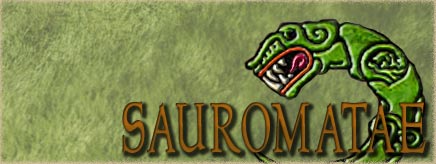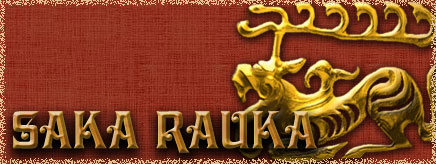IIRC we had such a discussion here some years ago. I think the "result" was that the combination of "heavy" arrow proof armor, thick shields and deflection through Pikes. In addtion to swift cavalry which has proven usefull against archers throughout the ages.
while a linothorax(no matter if actually linnen or Leather) may not be a good choice vs swords it's flexibility provides ample protection against arrows. As seen in EB the pikes form a sort of artificial forest, thin but constantly moving trees, the arrow is no bullet aka has a substancial length and is not lightnigh fast, thus random deflection is likely. An arrow which has lost it's momentum is unlikely to pierce a helmet or the shoulderpiece of a linothorax.
While this does not make them immune to arrow fire it provided sufficient protection to get a substancial part of them into melee with Sparabara and Hoplites where their superiority is more apparent.
At least that's how I see the matter.





 Reply With Quote
Reply With Quote











 from Hannibal Khan the Great, Brennus, Tellos Athenaios, and Winsington III.
from Hannibal Khan the Great, Brennus, Tellos Athenaios, and Winsington III.
Bookmarks